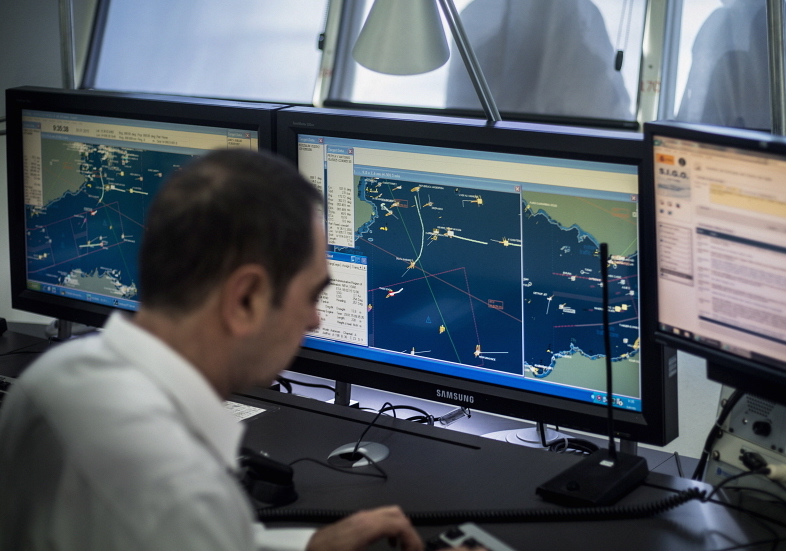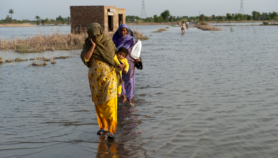By: Brendon Lee
Send to a friend
The details you provide on this page will not be used to send unsolicited email, and will not be sold to a 3rd party. See privacy policy.
[SEOUL] Developing countries may soon benefit from an integrated weather information system to prepare better for the effects of climate change.
The Weather Information Service Engine (WISE) will monitor and gather meteorological data and disperse early warning alerts once hazardous weather patterns such as flash floods and road freezing are detected.
“Developing countries need to think ahead and prepare for the effects of climate change without compromising urbanisation and economic growth,” says Jai-Ho Oh, atmospheric science professor at Seoul National University, who explained the system at a session of the 9th World Conference of Science Journalists in Seoul.
The technology, which is expected to be fully operational by 2019, requires the development of micro-weather observational systems and will be integrated with an urban-scale micro-weather operational system. WISE is funded by the Korean Meteorological Administration.
The massive project is currently in its second phase of development. The system is also being developed for agroforestry weather services such as providing analyses of water quality for crop management and mosquito observation data.
Oh stresses the urgency of communicating the mind-set of early preparedness for climate change among the general public.
“Most South-East Asian populations are based near coastal areas. If urbanisation swelled to levels comparable to South Korean cities, which have a population density of 4,400 persons per square kilometre, it will be challenging to implement early prevention measures against typhoons and flash floods,” Oh says.
“The real problem is not climate change itself but the rapid degree of changes that developing nations are experiencing,” he notes.
“We need to adapt citizens to think about how climate change affects their lives — Is there enough food and clean air for their everyday lives? That is what needs to be communicated and not just temperature and sea level figures.”
Leading experts from the World Meteorological Organization (WMO) also urge policymakers of developing countries to collaborate closely with hydrologists and civil engineers for more effective climate change-sensitive urban planning.
Tetsuo Nakazawa, science advisor of the WMO seasonal prediction project of the Korea Meteorological Administration, suggests that countries in the South-East Asian region establish joint long-term prevention systems with their neighbours.
“The WMO is able to provide training programmes to operate their own climate assessment tools, but a wide network will be more beneficial in the long run. Already, there are plans to coordinate a cohesive system between the governments of Cambodia, Laos and Vietnam,” he says.
“Countries like Indonesia, Malaysia and the Philippines should make this a priority as their most heavily populated cities are near coastal areas which are vulnerable to typhoons, tsunamis and earthquakes,” Nakazawa points out.
This article has been produced by SciDev.Net's South-East Asia & Pacific desk.














